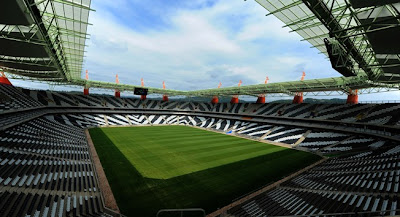Away days on board the HMS Belfast

The occasion: This time around, the Institution of Structural Engineers has organized a couple of away days on board the HMS Belfast for the it's AGM and for the meetings of it's Council and the International Interest Group. These are spread over 29-30 July 2010. On 30 July, I will be making some Headline Observations in one session, and make two presentations in another session. HMS Belfast moored on the River Thames HMS Belfast: HMS Belfast is maintained as an Imperial War Museum and is open to the public. The ship was transferred to the Imperial War Museum in 1976 and since then it serves as a branch of the Museum. When Belfast was first opened to the public, visitors were permitted only on the upper decks. Today all of nine decks are open to the public. To provide public access, a walkway connects the ship's quarterdeck with a pedestrian footpath on the south bank of the river. [Photo credit: released in the public domain by Chri...






